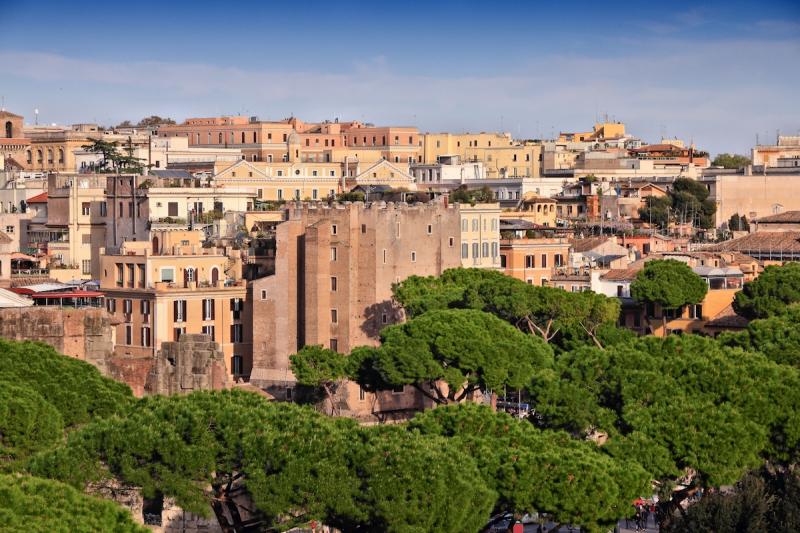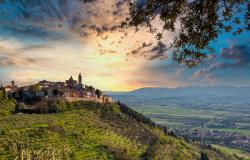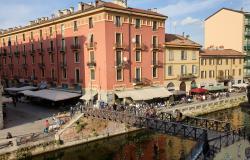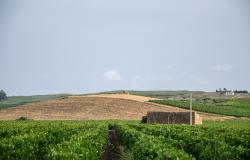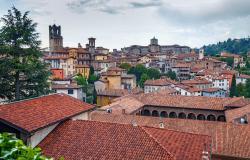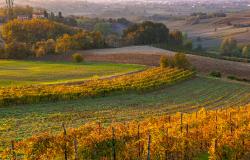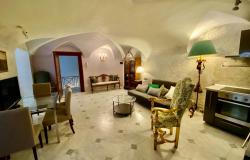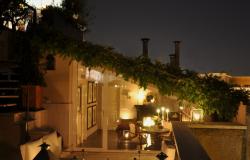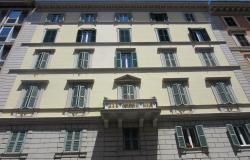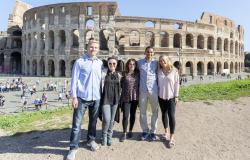As a visitor to Rome, you are most likely to roam around and stay in one of the rioni of the centro storico (historic center).
The historic center of Rome roughly corresponds to the walled city; the Aurelian Walls were built between 271 and 275 AD to encompass all seven hills of Rome plus the Campus Martius and, on the right bank of the Tiber river, the Trastevere district.
Since its origins, Rome has been divided into “regiones,” today’s rioni; so when we talk about the rioni of Rome, we are referring to the city’s central neighborhoods. The rioni form part of Municipio I, an administrative division of the city. (There are 15 Municipalities in Rome and each of them is divided into districts.)
There are 22 rioni in central Rome; each has a distinct personality, atmosphere - and price tag. While we are not going to cover all of Rome’s rioni, we will focus on the most appealing and interesting for travelers (to stay and/or to visit).
Monti (R. I)
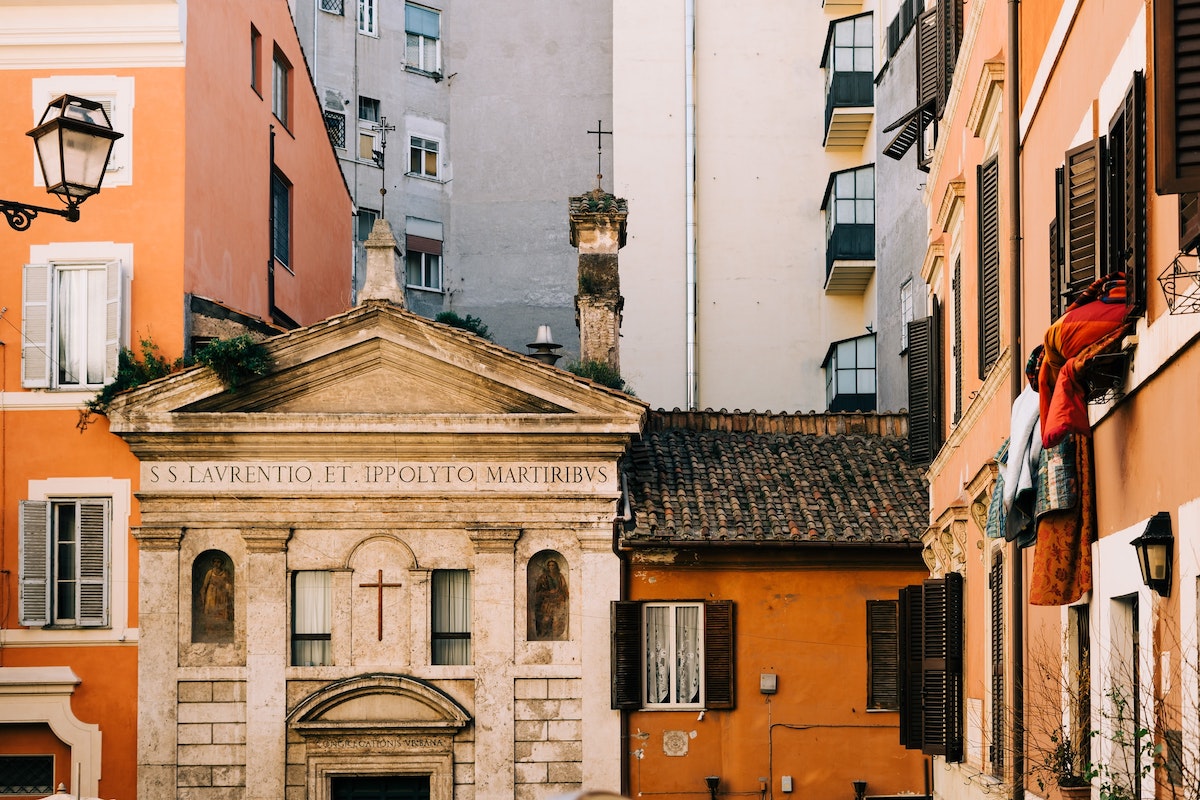
The name originates from the phrase ‘li monti,’ used in the Middle Ages to indicate the vast area that included three of Rome’s seven hills, the Esquiline, the Viminale and part of the Quirinale, plus the Celio up to the border with the Aurelian Walls. Today, the neighborhood no longer comprises all of those areas, but it has preserved the name and is still one of the largest.
This neighborhood is a wonderful mix of archaeological sites, religious buildings and civil palaces, including: the Roman Forum, Trajan's Column and the Trajan’s Markets, the Lateran Palace, the Viminal Palace, two of Rome’s papal basilicas, the Basilica of Santa Maria Maggiore and the Basilica di San Giovanni in Laterano, the Basilica di San Pietro in Vincoli with its Mosè statue by Michelangelo, and the modern Palazzo delle Esposizioni.
Via Cavour, the street that connects the Esquilino hill with piazza Venezia, is filled with hotels and B&Bs and is popular with tourists given that the prices are more affordable than in other rioni, while still being centrally located.
Trevi (R. II)
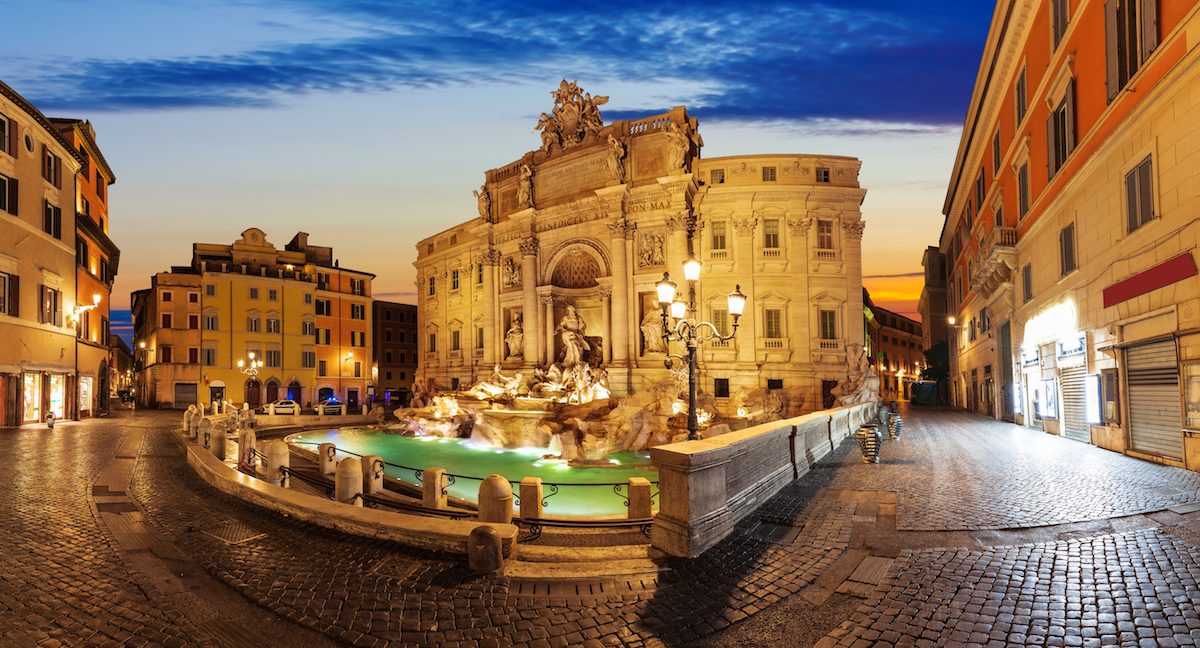
Monti borders the rione Trevi. The origin of the name is uncertain, although it is thought to derive from the Latin trivium, to mean the confluence of three streets in the Crociferi square, next to Trevi square. As the name suggests, this rione features one of Rome’s symbols, famous all over the world, the Fontana di Trevi (make sure you see it at night, illuminated by a new high-tech lighting system). Another highlight of the area is Palazzo Barberini, with its helicoidal staircase by Borromini and the National Gallery of Ancient Art, and the Triton Fountain by the Baroque sculptor Gian Lorenzo Bernini.
Colonna (R. III)
Colonna is considered the shopping and political heart of Rome. It comprises the main high-end shopping streets, such as via del Corso, via Frattina and via dei Condotti, with designer’s stores; and both Palazzo Chigi (seat of the Italian Government) and Palazzo Montecitorio (seat of the Italian Parliament).
Campo Marzio (R. IV)
Campus Martius is the oldest area of Rome and, in the Middle Ages, it became the most densely populated. This rione includes Piazza del Popolo, the Spanish Steps, as well as the Ara Pacis, the Mausoleum of Augustus, the Pincio Park with the 16th-century Villa Medici. This is where you can find luxurious hotels and rental apartments and therefore rates are among the highest.
Parione (R. VI) and Regola (R. VII)
These neighboring rioni form the heart of the historic center of Rome, and boast some of the most coveted attractions. Bernini's Fountain of the Four Rivers stands on the elegant Piazza Navona, a lively area with street performers and restaurants with outdoor seating. Modest and elegant hotels, simple trattorias and artisan boutiques overlook the picturesque streets. The colorful Campo de’ Fiori market is crowded with locals and tourists day and night. Palazzo Farnese is one of the most beautiful Renaissance palaces in Rome. This area is among the most expensive in Rome.
Sant’Eustachio (R. VIII)
Between the Pantheon and Piazza Navona, this neighborhood crosses the historic center of Rome to the archaeological site of Largo di Torre Argentina. It borders Campo Marzio, Parione and Regola. Thanks to its central location, it is a favorite destination with tourists for its exclusive hotels and side streets lined with rustic trattorias, informal bars and cafés. The Church of San Luigi dei Francesi houses three masterpieces by Caravaggio.
Trastevere (R. XIII)
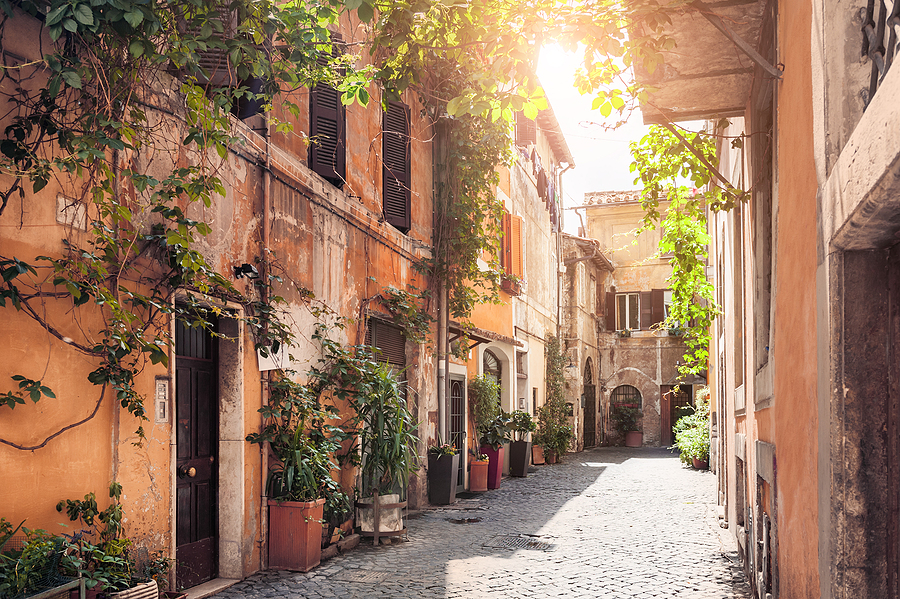
One of Rome’s most beloved neighborhoods, its name derives from the Latin trans Tiberim (beyond the Tiber), since it stands on the other side of the city center. Be prepared to walk! This rione is not connected to the historic center by subway, but you can take the bus or a taxi, otherwise reach it by walking on the Ponte Sisto. Trastevere is one of the best neighborhoods for nightlife, but even during the day it has a unique charm, with its narrow, winding alleys, artisan and independent shops, and plenty of trattorias. There are some hotels in Trastevere, but it is mostly apartment rentals (and some can be really noisy at night given the number of bars and trattorias).
Celio (R. XIX)
Celio is home to the Colosseum, the famous amphitheater symbol of Rome that attracts large crowds all year round. Nearby is the well-preserved Arch of Constantine and the basement of the Basilica of San Clemente houses a pagan temple. The streets in the south-east of the neighborhood are decidedly touristy and include via di S. Giovanni in Laterano, renowned for its shops, bars and cafés. There are also some green spaces, such as Parco del Celio and Villa Celimontana, frequented by Romans.
Testaccio (R. XX)

Trendy Testaccio develops around the Monte dei Cocci, a hill created by the accumulation of discarded Roman amphorae. The caves formerly used as warehouses now host crowded bars and nightclubs, as well as both traditional and innovative trattorias. Many menus offer specialties based on offal, perhaps the legacy of the former slaughterhouse of the area, now home to the MACRO Museum of Modern Art. In the lively neighborhood’s market, it is possible to buy fresh produce and try Rome’s street food. Testaccio is far on foot from many of the center’s attractions, but is well connected via the metro’s line B.
Prati (R. XXII)
Located on the western bank of the Tiber, Prati is an elegant Art Nouveau district that develops around Via Cola di Rienzo and its luxurious boutiques. While mostly frequented by lawyers heading to the Palace of Justice during the day, Prati turns convivial at night, thanks to the many open-air wine bars, elegant cocktail bars and gourmet restaurants. The Adriano Theater is located near Castel Sant’Angelo, a 2nd-century fortress that offers a panoramic view of Vatican City, which the district borders.
